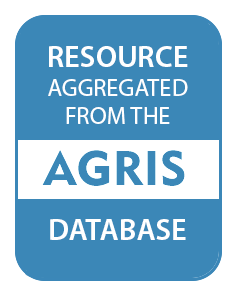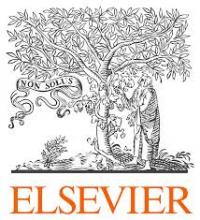Resource information
Severe soil erosion and food security problems are the most important issues in the Loess Plateau of northern China, which are closely related to the over-cultivation and poor management of marginal land resources. Alleviation of these unsustainability problems requires, among many other things, alternative and innovative cropping systems. This paper describes the identification of such cropping systems and their quantitative evaluation. It uses an operationalized approach based on production ecological concepts, and the application of the simulation model EPIC for the case of Ansai County in the Loess Plateau. Based on four criteria, i.e. suitable land units, crop rotations, production situations, and agro-techniques for water and soil conservation, we identified 548 cropping systems. The yield potentials and efficiencies in terms of soil and nutrient conservation were quantitatively evaluated for each of the cropping systems. The results indicated that the low productivity, and serious soil and water losses in current cropping systems may be greatly alleviated by increasing nutrient inputs and use of soil conservation measures, such as growing crops in rotations with alfalfa, using crop residues as mulch, and furrow-ridging tillage. For most crops, the current yield may be at least doubled by good soil and crop management with appropriate inputs. The study suggests a range of crop rotations that satisfy food production, soil and water conservation and economic objectives to different extent. The results of this study can serve two purposes. First, they may help setting an agenda for empirical and experimental research aimed at the testing and improving of cropping systems, and second, the cropping systems can be input for an integrated land use study that weighs objectives at regional scale and reveals potential and strategic land use options.



